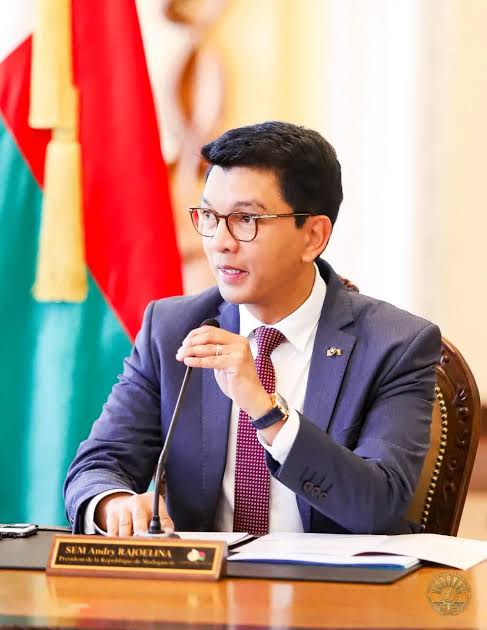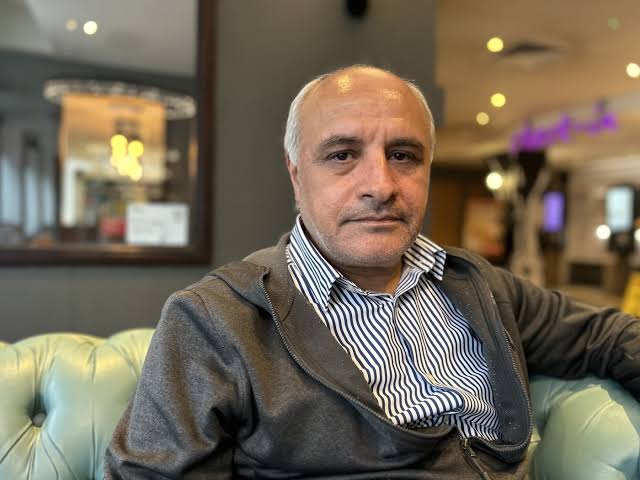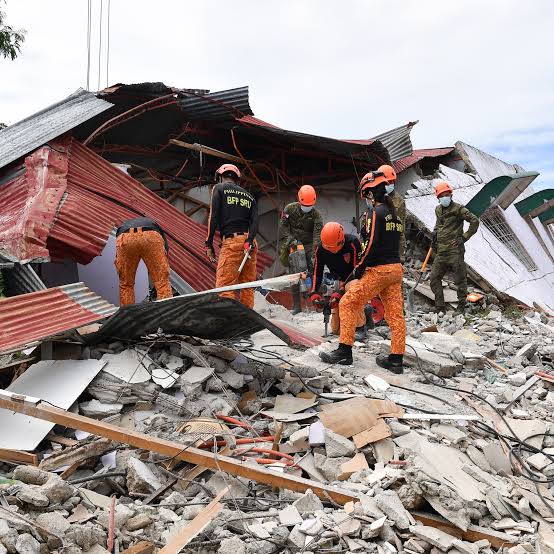Madagascar’s Antanarivo (AP) — Following weeks of youth protests against poverty, power shortages, and a lack of opportunities in the island nation in the Indian Ocean, Madagascar’s president, Andry Rajoelina, was overthrown in a military coup on Tuesday.
The leader of Madagascar’s elite CAPSAT military unit announced that the armed forces would establish a council composed of gendarmerie officers and armed forces officers, who police civilians, immediately after parliament voted to impeach Rajoelina, who fled the country out of fear for his safety. The council would then select a prime minister to “quickly” establish a civilian government.
As demonstrators and troops hailed the news, Col. Michael Randrianirina told reporters in front of a ceremonial presidential palace in Antananarivo that “we are taking power.”
He stated, without providing specifics, that a referendum will be held in two years and that the authority of the Constitution and the High Constitutional Court had been suspended.
In an apparent attempt to avoid impeachment, Rajoelina filed a decree on Tuesday attempting to dissolve the lower chamber of parliament from a secret location after escaping. However, parliament disregarded it and passed a resounding vote to remove the 51-year-old leader, who had taken office in 2009 as a transitional leader in a coup supported by the military.
Randrianirina’s announcement was denounced by Rajoelina’s office as a “illegal declaration” and “a serious breach of the rule of law.” “Forcible hostage-taking of the Republic of Madagascar is not permitted. “The State is still in existence,” it declared.
About 30 million people live in Madagascar, a large island nation off the east coast of southern Africa. It is the largest producer of vanilla in the world and is renowned for its biodiversity due to its remote location. It has had a difficult time overcoming poverty and political turmoil, including many coups, since separating from French colonial authority in 1960.
Days of Gen Z-led protests against the government and Rajoelina’s leadership culminated in Rajoelina’s downfall. The protests began over ongoing electric and water disruptions.
Protesters brought up a number of issues, such as poverty, which the World Bank estimates affects roughly 75% of Madagascar’s population, access to higher education, and government corruption. The protests were led by young people, although civic organizations and unions participated as well.
The pivotal moment occurred on Saturday when the president fled into hiding after Randrianirina and CAPSAT troops joined the demonstrations and turned against Rajoelina. Rajoelina claimed in a social media statement broadcast on Monday night that he fled the nation in search of a “safe place” because he was afraid for his life.
Since Saturday, the demonstrators have been crammed into a key area and have been on the streets for weeks. They claim that past Gen Z-led protests that overthrew leaders in Nepal and Sri Lanka served as inspiration. It is evident that the youthful demonstrators lack a leader.
Protesters emphasized the need for reform in Madagascar.
One protester, Soavololona Faraniaina, stated, “The government does not provide us with a steady supply of water and electricity.”
If children in Madagascar are learning in the dark, what will happen to this country in the future? Many nations were envious of Madagascar’s wealth; where is it now?
The same military group that sided with Rajoelina and overthrew the government in 2009 is CAPSAT. New leaders of the military and gendarmerie security forces have been appointed, the unit announced over the weekend, and it is now in charge of all of Madagascar’s armed forces.
CAPSAT officers have previously denied carrying out a coup, stating that the people of Madagascar should make the final decision.
However, the unit seemed to have some control over government decision-making since Saturday, and Rajoelina had referred to the military’s actions as “an attempt to seize power illegally and by force” and a rebellion against the administration.


